7 DIY Tree Branch Fence Plans You Can Make Today (With Pictures)
-

- Last updated:
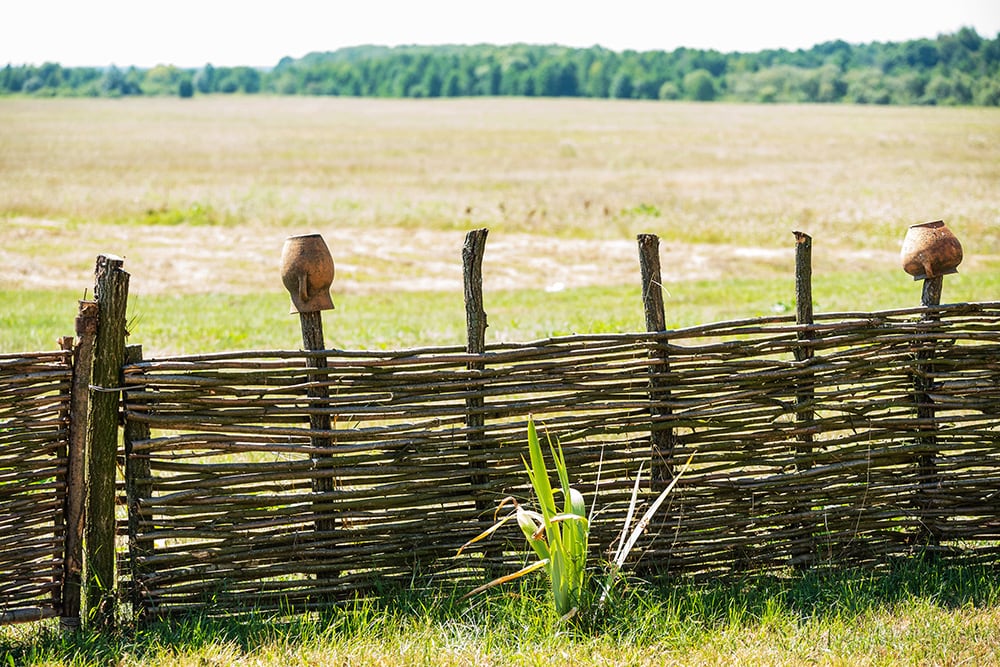
There are various ways to make your own tree branch fences. Wattle fences are made by weaving branches and, as well as having a natural look, they are long-lasting and durable. Alternatively, you can use a supply of twigs, branches, and whole logs to make everything from fence posts to panels, and while some DIY plans use nothing more than branches and twine, others introduce more permanent and stable fastenings, so there is a plan to suit your budget, your DIY skill level, and your design preference.
Below are 7 DIY tree branch fence plans you can make today, using your own tree branches or by sourcing a supply from friends and family. You can even buy bundles of tree branches, often for a few dollars, making these fences some of the cheapest available.
The 7 DIY Tree Branch Fence Plans
1. Woven Wattle Fence by Growveg
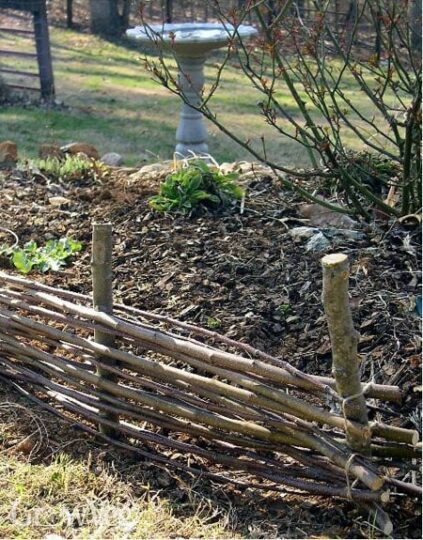
If you have a lot of trees, bushes, and even vines, you will undoubtedly be left with a selection of twigs and branches by the end of the pruning season. Rather than just recycling them or burning them, you can turn these pieces of natural wood into a host of different items for the garden. They can be used as plant supports or twig towers that are ideal for training and growing vines, especially in containers.
Although hardwood is hard to bend, it can be used to make small sticks that are easily turned into a fence and hazel makes a great wattle fence thanks to the straight stems that grow from this tree.
2. Living Willow Fence by DIY Projects
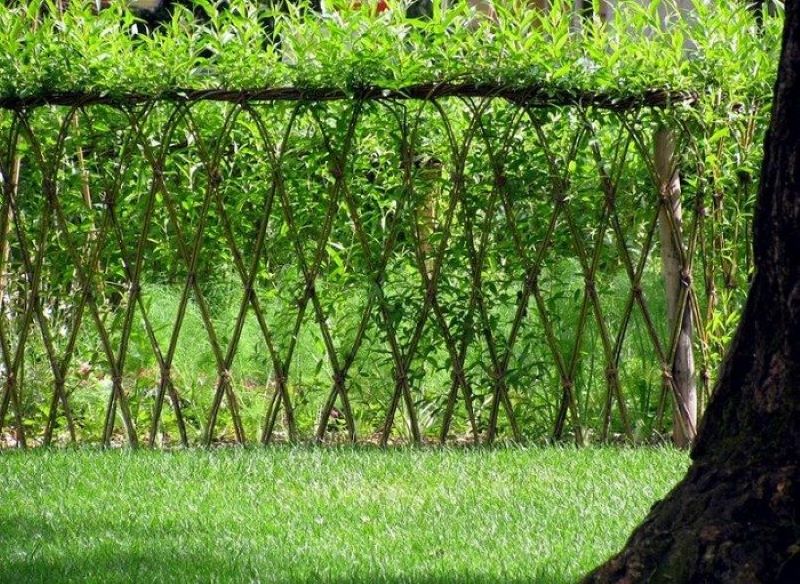
A living willow fence is sometimes referred to as a fedge because it is effectively a cross between a fence and a hedge. Willow is easy to plant, and it grows quickly. Choose a fast-growing willow. Some species can grow up to 8 feet a year. Also, plant when the willow is dormant.
While this type of fence can work well simply as a vertically planted screen, it is also common to plant a living willow fence in a diamond or arched pattern because this not only acts as a privacy screen, it can muffle sound from roads, and the willow trees will readily grow even once they have been woven into this pattern.
3. Willow Arbor by BHG

An arbor is a freestanding structure that traditionally acts as an entrance to a garden. One can be used as an archway to separate the garden from a patio or another outdoor area. While it is not strictly a fence, it offers some of the same features, and it is possible to construct an entire arbor from twigs, branches, and other tree cuts.
Again, as with many DIY tree branch fences, willow is usually the tree of choice because it is easy to work with and bend to your will while being long-lasting and available in a lot of gardens.
4. Stick Fence by Pioneering The Simple Life

Willow is flexible enough that it can be used in most fences and other outdoor constructions, but if you don’t have willow, there are other wood and branches that can be used to similarly great effect. Although not technically a tree, bamboo is a very fast-growing plant, and the resulting bamboo canes and bamboo sticks are strong and versatile. You can even combine a selection of bamboo sticks with some electrical wire, or some twine, to make a simple but effective garden fence that is particularly good for edging a flower bed.
5. Tree Branch Decorative Fence by Hunker
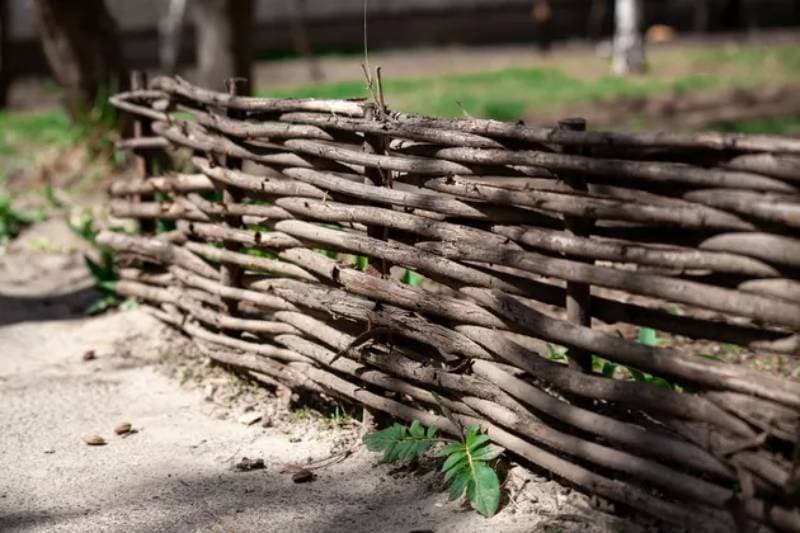
As well as their low cost, one of the great benefits of using twigs and branches from your own garden is that they have a natural look that fits perfectly in the garden. They can border grass or flowers, and they can be used to separate areas of your outdoor living space to create an orderly and sectioned space. Wattle fences also work well as a means of training and guiding plants as they grow. Create a decorative fence of your own and plant climbing plants at the bottom. Soon, the willow fence will look like a living willow fence.
6. Rustic Wattle Fence by One Acre Vintage Home
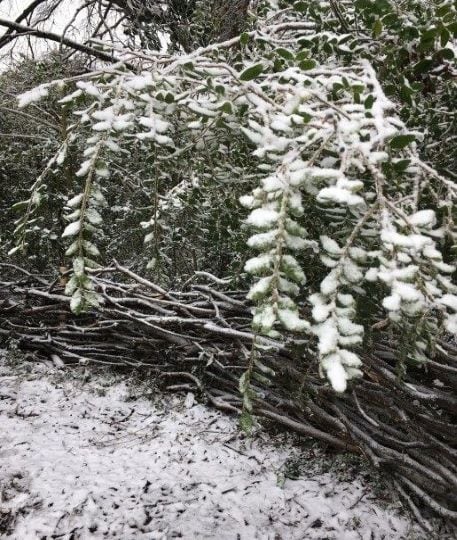
A wattle fence can be made entirely from branches and twigs out of your own garden. Use solid, straight sticks to plant in the ground at regular and close intervals, and then use malleable and bendable branches, such as willow, to weave in and out of the posts, alternating with each branch.
If you have a lot of space to cover but only a relatively small amount of twigs and branches each year, you can always start small and extend the fence as your wood collection grows. Alternatively, ask friends and family if you can harvest wood from their garden, and check local garden centers to see if they sell any stock.
- Related Read: 17 DIY Rustic Birdhouse Plans You Can Build Today
7. DIY Wattle Cheap Garden Fence by Homestead Lady
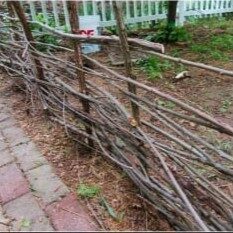
Wattling is an ancient method of building and has been used to construct buildings, as well as standalone fences. It can be made entirely from natural wood that is gathered from your garden and surrounding areas, and if you have enough supply, it means that you can completely surround your property with fencing completely free of charge. The technique is relatively simple, but one of the key factors is to ensure that each layer of twig is pushed neatly up against the one below. Otherwise, the fence will have holes and the individual pieces may move around unnecessarily.
- Related Read: Do I Need a Permit to Build a Fence?
In Conclusion
Creating fences from branches, twigs, and pieces of wood in your own garden or from your own supply of trees potentially lets you construct as much fencing as you require without having to pay a penny. At most, you may want to invest in some fastening or some twine, although if you have vines or very long and thin branches, you may not even need the twine. You can even look for neighbors and friends, and family who are pruning their own gardens, and you will be able to gather all the wood you need.
Wattling is the most common method of creating your own tree branch fences, but there are other methods and above, we have included links to 7 plans and pictures of how you can get started.
Featured Image Credit: Lesia Kapinosova, Shutterstock
Contents

